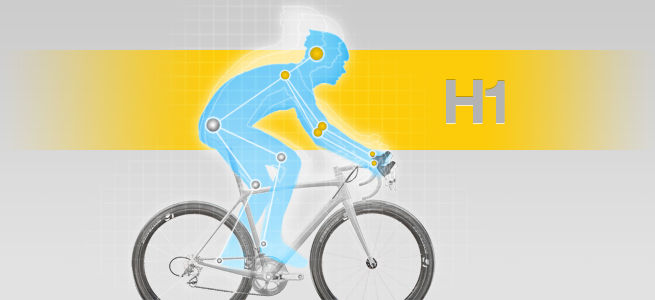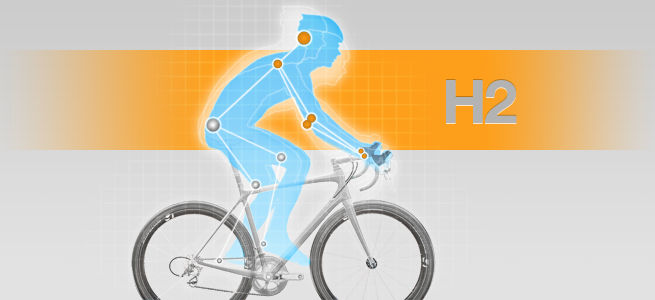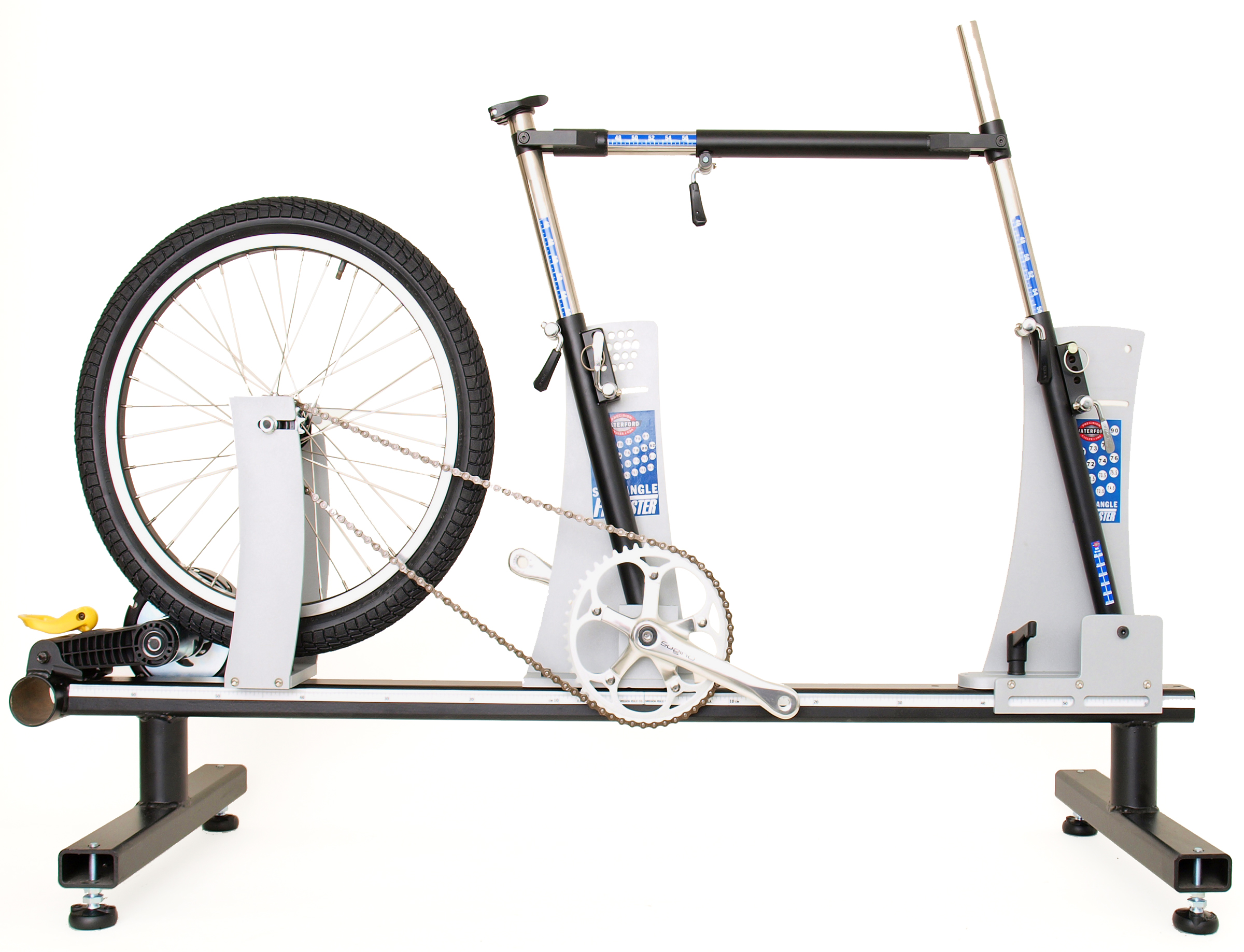It may well be the right size and the right type (road versus mountain for example), but the frame geometry is just not right.
In the past few years more and more manufacturers have addressed this with different geometry bikes.
One such example is Trek who offer for example the Madone in more than one geometry.
The two images below from Trek's Site show how the 'H1' is created for the rider with a greater ability to rotate the pelvis and maintain stability through stronger core muscles.
The 'H2' for example comes with a higher head tube to facilitate less stress on the riders lower back and neck, allowing a more upright view of the road ahead.
This is a great way to offer similar ride characteristics to riders with differing needs. Another way of achieving the same goal is to offer two similar bikes with subtly different geometry.
For example Giant offer the Defy Advanced and the TCR Advanced at similar price points, but the two differ in stack and reach geometry for example.
The Defy has a 'Stack' of 58.5cm and 'Reach' of 38.1cm compared with the TCR having a lower 'Stack' of 56.6cm and a longer 'Reach' of 39.1cm (based on size m/l 53.5) making it a longer and lower frame.
It would follow that a less physically flexible cyclist would benefit from the geometry of the Defy, but things are not always that simple.
These two simple examples from large manufacturers show there can be much more to selecting the right bike than the size.
To help cyclists through this we carry out a history and physical examination before getting on the bike to help in understanding the needs of the cyclist.
I can 'touch my toes' does that make the 'H1' or the TCR better for me?
One of the key factors in understanding movement is looking at where the body it comes from.
For example very long hamstrings and a tight, stiff lower back will not make the reach to the handle bars on a bike any easier for the cyclist.
Using 'the Physio Bike Fit' process, we can assess which bike in your favoured brand is the most likely to help you to obtain your goals.
We can do this before you purchase your bike using the Waterford Fitmaster helping your choice and selection of bike, the Fitmaster is highly adjustable to mimic the geometry of available frames.
As part of the process we can also offer live Saddle Pressure Monitoring with over 35 different shapes of saddle in the studio to help you find your fit.
Any questions please ask
Contact us here
Happy Miles




